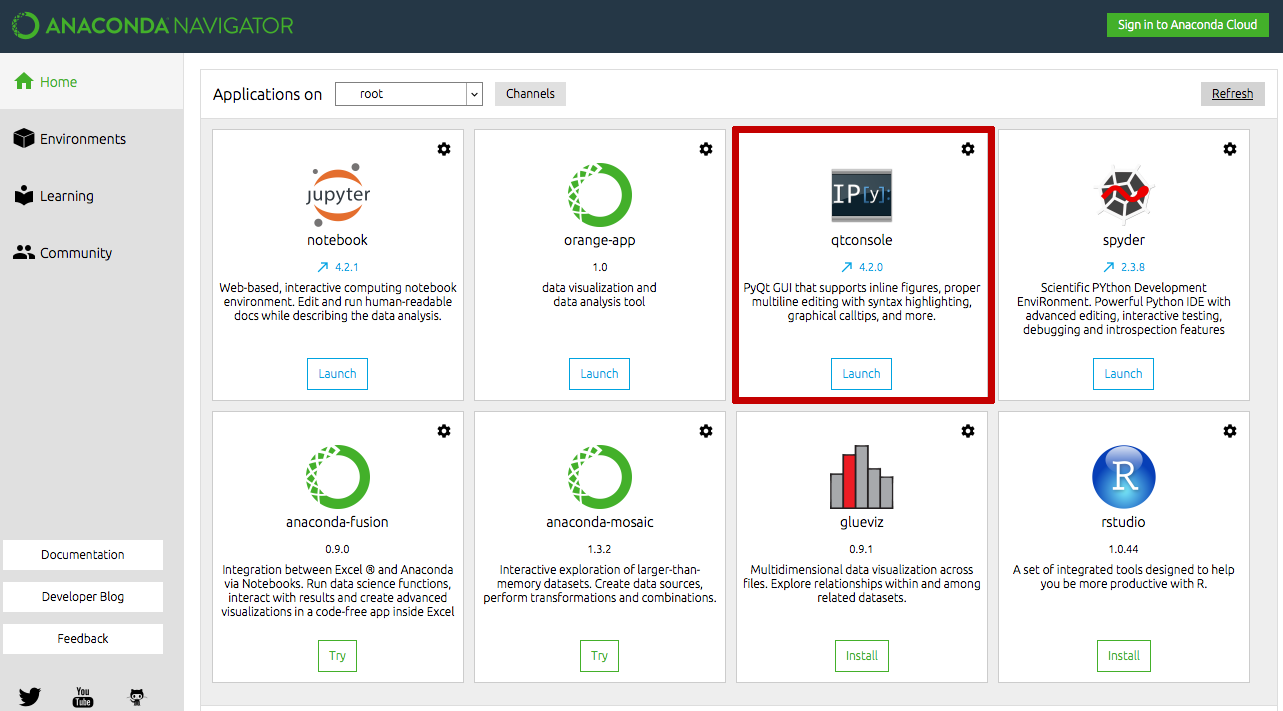Installing Muesr¶
This section provides an overview and guidance for installing Muesr on various target platforms.
Prerequisites¶
You must have at least the following packages installed:
- Python 2.7, 3.1+ (http://www.python.org)
- Numpy 1.8.0+ (http://www.numpy.org)
- mulfc (http://github.com/bonfus/muLFC)
Other Python versions or Python implementations might work, but are (currently) not officially tested or supported.
Additionally, you may consider installing the following packages or libraries to use all features of Muesr:
| Package | Version | Required for | Package URL |
|---|---|---|---|
| YAML | >= 2.0.0 | muesr.i_o |
http://pyyaml.org/ |
| Spglib | >= 1.6 | muesr.utilities.symsearch |
http://atztogo.github.io/spglib/ |
| Sympy | >= 1.0 | muesr.core.magmodel.SMM |
http://sympy.org |
| appdirs | >= 1.1 | muesr.settings |
|
| XCrysDen | >= 1.0 | muesr.utilities.visualize |
http://www.xcrysden.org |
| VESTA | >= 3.4.0 | muesr.utilities.visualize |
http://jp-minerals.org/vesta/en/ |
Note
The muesr distribution ships with an internal version of appdirs which, however, may not be up to date.
System-wide installation¶
The installation with pip is as symple as
pip install mulfc muesr
Optionally also install
pip install spglib pyyaml
It is advisable to have a visualization tool, XCrysDen or VESTA. It must be already installed on your system. You can make muesr aware of the isntallation by running the following command
python -m from muesr.settings import config\
config.VESTAExec = "/path/to/VESTA"
where you must substitute to /path/to/ the actual path on your computer.
Installation in virtualenv¶
Virtualenv offers a simple way of virtualizing the Python environment. This means that you can have a separate collection of python packages for running Muesr (and install Muesr itself) without affecting the Python installation system-wide.
To create the virualenv run in a terminal:
python -m virtualenv muesr-env
and to activate the environment (Linux and OsX)
cd muesr-env
source bin/activate
now you can install mulfc and Muesr in the virtualenv with the same commands reported above
pip install mulfc muesr
A few notes for Windows users¶
In order to install muesr on Windows you need a working python environment. The best user experience is probably provided by Anaconda, which is a complete Python distribution for scientific data analysis. The following steps assume that a working version of Anaconda is available on the target system.
Start Anaconda navigator and open an interactive python terminal:

From within the interactive terminal do:
import pip
pip.main("install mulfc spglib pyyaml muesr".split())
Now you are ready to go! Why not start with a look at the first paragraph of the tutorial and then move directly to the Muesr Examples?